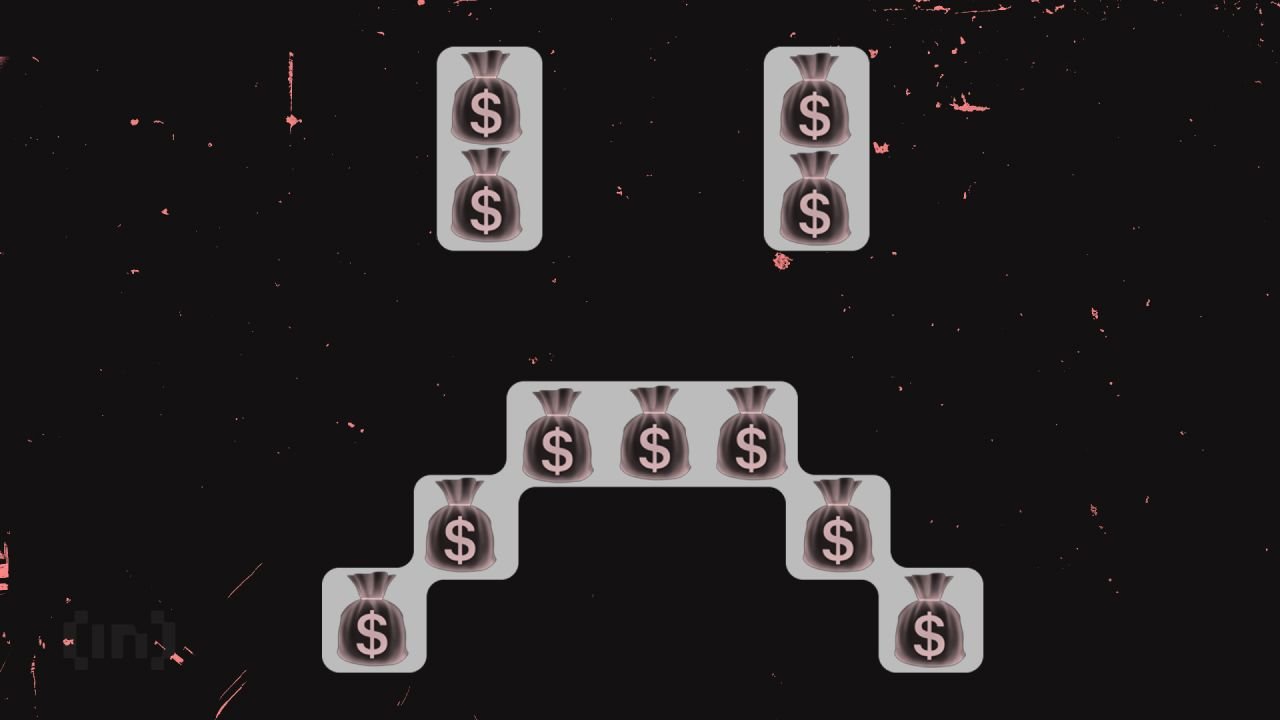
There’s a growing debate in the crypto world: Are centralized exchanges (CEXs) like Binance lowering their standards by listing too many low-quality tokens? Some traders and analysts think so, arguing that these mass listings hurt investors and make the market look bad. Others, however, believe that listing more tokens makes crypto markets more open and fair.
Let’s break down both sides of this debate and why it matters for the future of crypto.
Are Crypto Exchanges Listing Too Many Low-Quality Tokens?
Crypto analyst Benjamin Cowen didn’t hold back his criticism of major exchanges, calling out what he sees as hypocrisy.
“Some crypto exchanges are listing shittier and shittier coins. They’ll tell you to focus on fundamentals and long-term investing one day, and then list the most useless garbage no one has even heard of the next,” he said.
Other analysts agree. Colin Talks Crypto believes that for most CEXs, it’s all about making money from trading fees, not supporting quality projects.
“They want volume and fees, so they list whatever is hot and remove it when interest fades,” an X (Twitter) user added.
This matches what Binance has been doing. The exchange regularly removes coins that fail to meet liquidity and trading volume requirements.
🔹 Example: Binance recently delisted 12 trading pairs in March 2024, including MITH, TRIBE, and REP, after they failed to maintain enough activity.
Recent Binance Listings Spark Outrage
One of the biggest criticisms of CEX listings came after Binance listed four low-cap meme coins that no one had heard of.
Crypto influencer Leonidas slammed Binance, saying:
“Your listing team just spot-listed four low-cap insider-controlled meme coins that nobody has ever heard of… Meanwhile, you ignore the biggest meme coins with actual communities.”
Some traders suspect that CEXs buy up tokens before listing them, then sell them to retail investors at a higher price—a practice known as pre-listing accumulation.
🔹 Past Example: In 2021, reports surfaced that some Binance insiders allegedly bought tokens before official listings and sold them for huge profits once the price surged.
The Case for More Listings: Why Some Believe It’s Good for Crypto
Not everyone thinks mass listings are a bad thing. Some experts argue that listing more tokens will make the market stronger in the long run.
Crypto analyst Jason Chen believes that over time, mass listings will reduce hype-driven speculation and create a more balanced trading environment.
“If every token is listed, there will no longer be a ‘listing effect’ where prices surge just because of a new listing. Everything will go back to a free market,” Chen explained.
Even Binance founder Changpeng Zhao (CZ) agrees, saying that a listing shouldn’t impact a coin’s long-term price. While listings provide liquidity, he believes a project’s development—not exchange listings—should determine its success.
“The DEX model is very good. All coins are listed, and people can choose for themselves,” CZ added.
🔹 Example: Decentralized exchanges (DEXs) like Uniswap and PancakeSwap allow anyone to list a token, letting the market decide its value instead of a centralized authority.
Crypto trader Paul Wei agrees but warns that exchange listings still impact price trends, shaping how projects grow.
“Saying listings don’t affect long-term price is misleading. If a project gets listed on a big exchange, it naturally attracts more traders and investors.”
CEXs vs. DEXs: The Growing Divide
The controversy over token listings has added fuel to the CEX vs. DEX debate.
🔹 A major scandal happened recently with Hyperliquid’s JELLY token, where traders accused the exchange of market manipulation. This raised concerns about how centralized exchanges handle listings and whether they act in investors’ best interests.
Critics argue that DEXs are the future, as they offer:
✅ No gatekeepers – Any token can be listed
✅ Fairer pricing – Prices are based on demand, not exchange decisions
✅ More transparency – No hidden pre-listing deals
At the same time, DEXs come with risks like rug pulls and scams, since anyone can list anything.
Binance’s New Strategy: More Transparency & A Hybrid Approach
Facing criticism, Binance is trying to make its listing process more democratic.
🔹 The exchange announced that it will start including users in listing and delisting decisions
🔹 Binance now offers a secondary listing mechanism, meaning some tokens will first be launched through Binance Wallet on decentralized platforms before being fully listed on its CEX
Even Coinbase recently listed BNB perpetual futures, despite past competition with Binance—suggesting that CEXs are becoming more open to listing rival tokens.





